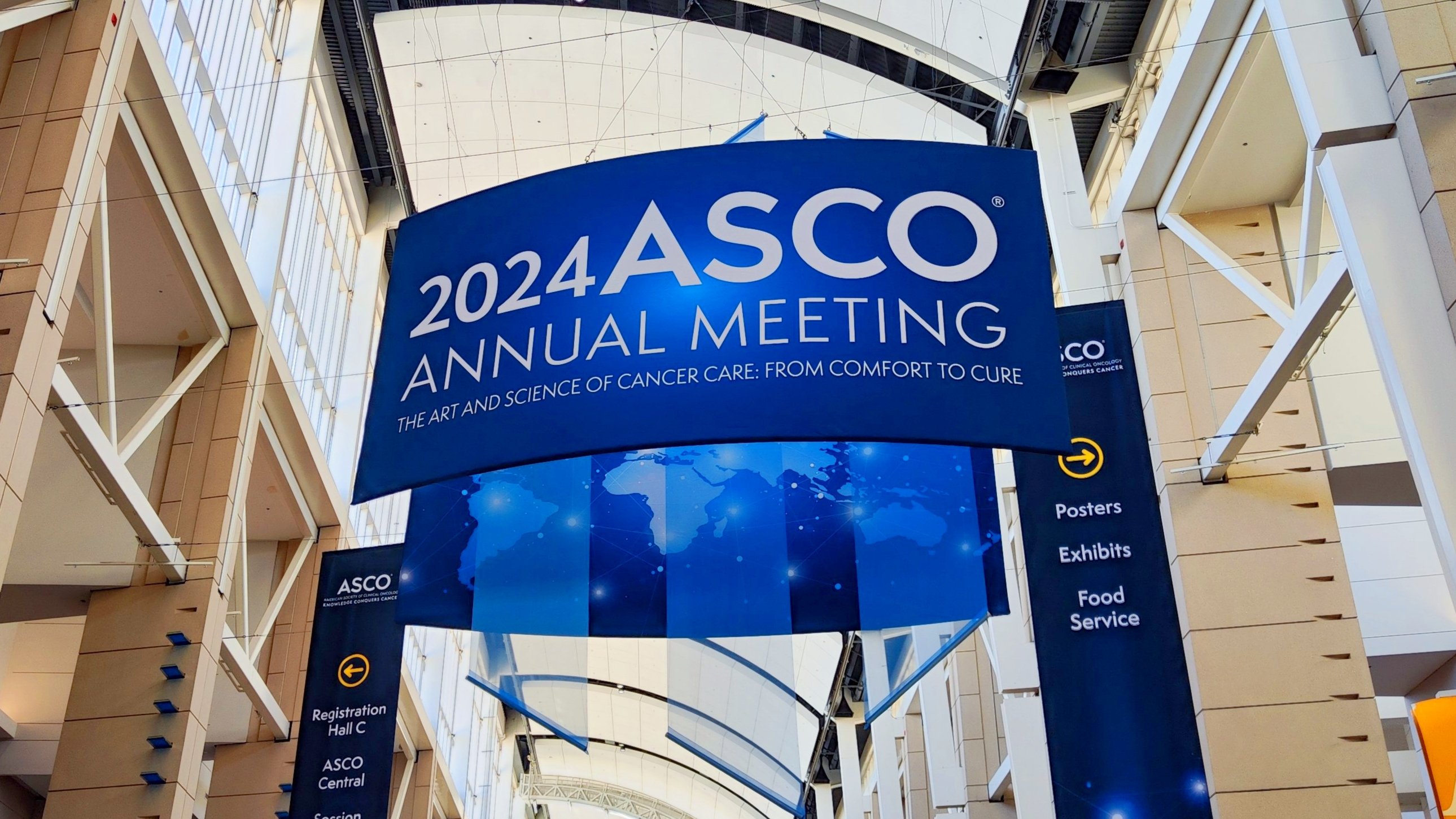ASCO: With first-in-class win, Sanofi's Sarclisa looks to step out of J&J's multiple myeloma shadow
03 Jun 2024
Phase 3Clinical ResultPriority ReviewDrug ApprovalAccelerated Approval

Preview
Source: FiercePharma
Sanofi's Sarclisa, when added to a standard treatment regimen, reduced the risk of progression or death by 40% in first-line transplant-ineligible multiple myeloma, according to data presented at ASCO24.
In the field of anti-CD38 treatment for multiple myeloma, Johnson & Johnson’s Darzalex casts a long shadow. Now, Sanofi hopes a first-in-class win will help its Sarclisa gain an edge.
The addition of Sarclisa to the combination of Takeda’s Velcade, Bristol Myers Squibb’s Revlimid and the steroid dexamethasone (VRd) reduced the risk of progression or death by 40% in patients with newly diagnosed multiple myeloma who were ineligible for a stem cell transplant. For the trial, VRd served as the comparator arm.
As Sanofi pointed out, the readout from the phase 3 IMROZ trial marks the first positive global phase 3 trial for a CD38 antibody in combination with VRd in this transplant-ineligible population.
Meanwhile, J&J’s Darzalex already holds an FDA approval as part of a cocktail with Revlimid and dexamethasone in the same patient population, and J&J is seeking the FDA’s blessing for Darzalex-VRd in first-line, transplant-eligible myeloma.
That means Sarclisa, if approved, would likely face intense competition from Darzalex in the transplant-ineligible setting. There, the J&J drug is approved in a combo with Velcade, melphalan and prednisone. And given the different drugs available for myeloma, doctors often adopt various combinations, sometimes off label.
After a median follow-up of nearly five years, the VRd arm’s median progression-free survival (PFS) result was reached at 54.3 months. The Sarclisa regimen has not reached its trial median PFS yet. Based on the current trend, investigators estimate the Sarclisa combo’s median PFS will reach around 90 months.
In terms of a deep response measuring the presence of minimal residual disease (MRD), 55.5% of patients who received the Sarclisa-VRd combo achieved a complete response that’s MRD negative, compared with 40.9% for the VRd group. MRD negativity lasted for at least a year in 46.8% and 24.3% of patients in the two arms, respectively.
Sarclisa is currently given as an infusion, and Sanofi is working on a semi-automatic on-body device to deliver the antibody drug under the skin, as well as a traditional manual injection, Adamson said. A subcutaneous version of Sarclisa would be a direct threat to J&J’s Darzalex Faspro.
Besides IMROZ, Sarclisa is being evaluated in other first-line myeloma settings. A German study coded GMMG-HD7 is assessing Sarclisa and VRd in transplant-eligible patients and in 2021 reported MRD data. Sanofi expects additional data from the trial later this year for a potential regulatory submission in 2025.
Separately, a European study called IsKia recently reported its MRD analysis for Sarclisa’s combination with Amgen’s Kyprolis, Revlimid and dexamethasone, also in transplant-eligible myeloma.
Following an advisory committee meeting in April, the FDA looks poised to open up MRD as a surrogate endpoint to enable accelerated approvals of multiple myeloma drugs.
“Collection of time points for MRD has been our standpoint across trials,” the Sanofi exec said. “We know […] clinicians want that data. We have done a very rigorous job in ensuring that we have as complete a dataset as possible for those time points, to help inform decisions, to help better interpret our data.”
“I think all of that is on the table, right? This is still pretty fresh for us,” Adamson said. “The data are quite strong, but we don’t want to get ahead of ourselves.”
For more details,please visit the original website
The content of the article does not represent any opinions of Synapse and its affiliated companies. If there is any copyright infringement or error, please contact us, and we will deal with it within 24 hours.
Organizations
Indications
Targets
Drugs
Hot reports
Get started for free today!
Accelerate Strategic R&D decision making with Synapse, PatSnap’s AI-powered Connected Innovation Intelligence Platform Built for Life Sciences Professionals.
Start your data trial now!
Synapse data is also accessible to external entities via APIs or data packages. Leverages most recent intelligence information, enabling fullest potential.





